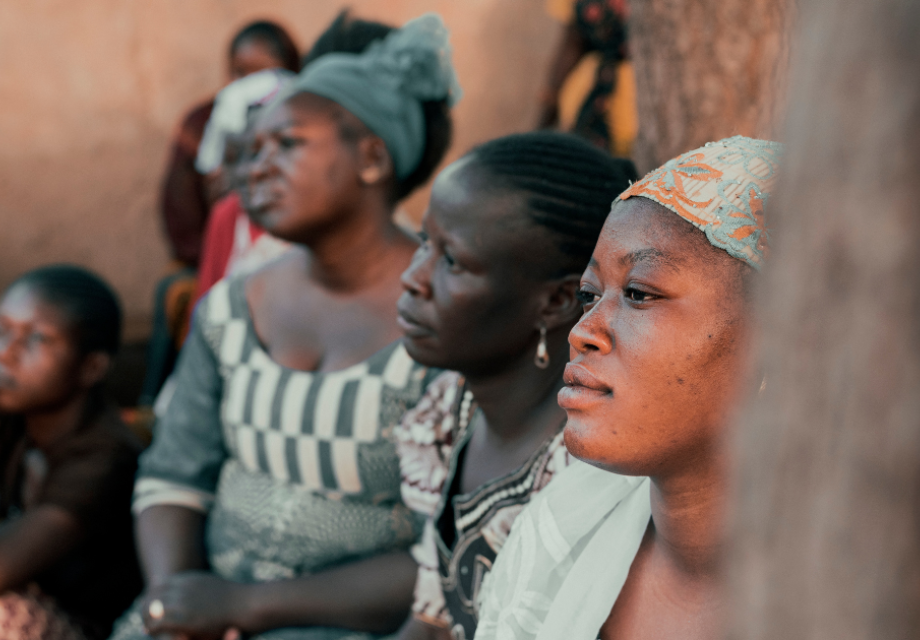Is HIV care for most-at-risk groups as effective in the community as in a facility?
Hester Phillips
17 June 2022
Evidence review from Africa shows HIV care services delivered in community settings by and for key populations work well
An evidence review from sub-Saharan Africa has found that HIV services delivered in community settings by and for key populations are at least as effective as facility-based care.
What is the research about?
Community-based HIV services for people from groups most at risk of HIV (key populations) in sub-Saharan Africa.
Researchers analysed findings from 12 studies. All studies engaged community peers or lay health workers to help provide services across the HIV care continuum.
Why is this research important?
Key populations are stigmatised and discriminated against, often due to their criminalised status. These communities also experience police harassment and violence.
All these things can stop people from most-at-risk communities from going to healthcare clinics for HIV services. But evidence on community-based care is limited.
What did they find out?
Community-based HIV services for key populations were as effective, and in some cases better, than facility-based care. This was true for:
-
HIV testing
-
linking to care
-
starting antiretroviral treatment (ART)
-
staying on ART
-
staying in HIV care
-
viral suppression rates.
How to provide community-based HIV services
The 12 studies demonstrated three ways to provide community-based HIV services for key populations. (The review did not assess which works model works best.)
1. Community drop-in-centres
These provide safe places for people from a key population to meet, make friends, develop a sense of community and get HIV services. The centres are located near ‘hotspots’ and have convenient opening times. They are run by community representatives. And they provide comprehensive HIV services. This includes HIV testing and counselling, condoms and referrals to HIV treatment. Some centres can also start people on ART. Clinicians, lay health workers or peer educators provide the HIV services.
2. Community drop-in-centres plus mobile team
In this model, as well as having a drop-in-centre, there is a mobile health team. The team consists of doctors, nurses and peer educators. They go to places where community members can be found, such as brothels or bars. The teams provide services including HIV education, condoms, HIV testing, ART enrolment and initiation.
3. Community-based health centres
These centres are set up by research institutions or NGOs to provide comprehensive HIV and STI services for a specific key population. Community representatives and healthcare professionals jointly manage and coordinate activities. But only healthcare professionals provide the HIV services.
Peer educators’ role in delivering HIV treatment
Eleven studies documented peer educators' role in providing HIV treatment and care. Peers referred people to ART and provided counselling to help them stay on treatment. In one Tanzanian study, peer educators were trained to start people on ART themselves.
Peers called, messaged or met up with people who had stopped ART to encourage them back into care.
Psychological and social support
Peers educators were critical for providing psychological and social support. They did this by leading and participating in support groups and acting as treatment ‘buddies’. Buddies attend support groups together and remind each other of ART appointments.
What does this mean for HIV services?
The review found that most community-based HIV services for key populations are small scale or delivered in research settings. But there is real value in expanding such services as they can be very effective.
But this does not mean that all HIV care for key populations should be community-based. Community-based and facility-based HIV care are likely to meet the needs of different people within a key population. So both approaches are needed.
One of the reasons community-based models are effective is the involvement of community representatives. These representatives understand the needs of other community members and their peers trust them. Establishing peer-led support groups or buddy systems can be particularly effective.
If you are working to end AIDS, it is important to advocate for national policies and guidelines to shift medical tasks, such as ART refills, away from healthcare professionals to trained peers. Success here would enable peers to provide a wider range of HIV care services. This could result in community-based HIV care saving healthcare systems money and could make them more sustainable.
Get our news and blogs by email
Keep up-to-date with all our latest news stories and blogs by signing up to the Be in the KNOW news digest.
